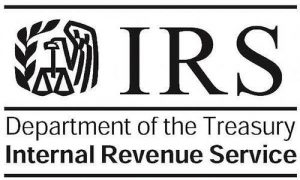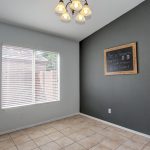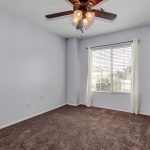
Ten important questions a potential home buyer should ask their prospective mortgage lender:
1. What is the interest rate for the loan? Keep in mind, the interest rate is tied to the loan type, amount of down payment and borrower’s credit score.
2. What is the loan origination fee? If desired, this can be added to the loan amount.
3. What are the expected lender closing costs? While an agent can advise buyers on these estimated costs, by law a lender is required to provide a good faith estimate to know the total cash required, including down payment and all closing costs.
4. What is your rate lock period and how long is the commitment valid? Interest rate locks vary, so find out if this commitment works both ways in case rates go down during the lock.
5. Is there a prepayment penalty? Most loans do not have prepayment penalties, but second loans often do.
6. What is the total monthly payment and what does it include? It should include principal payment, interest, property taxes, homeowners insurance and mortgage insurance (if any). Typically HOA fees (if any) are paid separately.
7. What is the most important factor in analyzing my credit? FICO score is the method used to evaluate credit and many lenders also place importance on payment history and employment history.
8. What paperwork is required to apply for and obtain the loan? Get an explanation of all documents needed during all steps in processing the loan.
9. What is the loan processing time? Even with new government guidelines, loans take about 30 days to close however FHA and VA loans may take a bit longer.
10. What delays could occur and what can be done to avoid them? Experienced lenders should know potential pitfalls and underwriting red flags.














